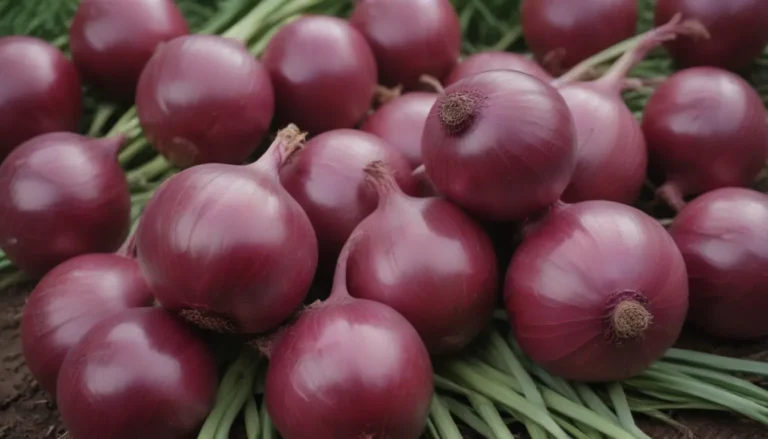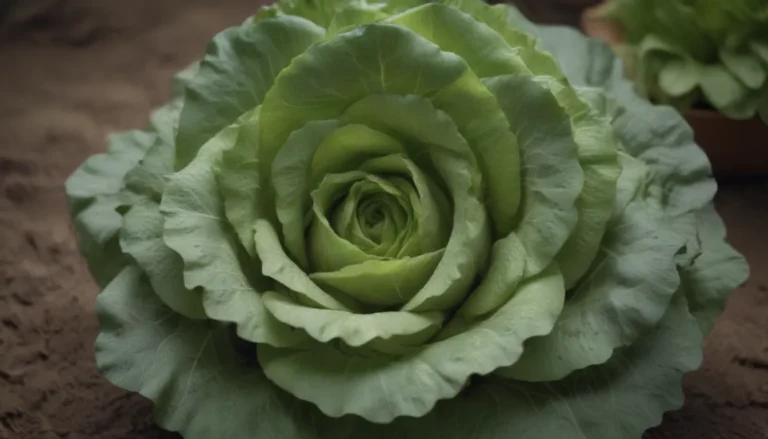The Ultimate Guide to Hickory Trees: Identifying Different Species and Everything You Need to Know

Hickory trees are a staple in North America, known for their valuable hardwood and delicious nuts. With about 12 species native to the continent, these trees play a significant role in our ecosystems. Despite their importance, many people struggle to identify hickory trees among other common species like maples or conifers. In this comprehensive guide, we will delve into the world of hickory trees, covering how to identify them and the different types you may encounter. So, let’s get started!
How to Identify Hickory Trees
Hickory trees have distinct characteristics that set them apart from other tree species. By paying attention to these key features, you can easily identify a hickory tree when you see one:
- Bark: Hickory trees typically have dark gray or brown bark with deep furrows that peel upward, creating a unique pattern.
- Leaves: The leaves of a hickory tree are compound, meaning they consist of multiple smaller leaflets on a single stem. These leaflets are arranged in odd pairs, with a single leaflet at the tip.
- Seeds: One of the most recognizable traits of hickory trees is their nuts. Hickory nuts are distinctive for splitting into four segments that only reach halfway through the husk.
Hickory Bark
While individual species may vary, most hickory trees have dark gray or brown bark that starts smooth and develops ridges and furrows over time.
Hickory Leaves
Hickory leaves are odd compound leaves with serrated edges, ranging from light green to dark in color. In the fall, they turn a beautiful golden yellow.
Hickory Seeds
Hickory nuts are considered drupes, with a thin skin, fleshy fruit, and a singular pit. They come in various sizes and shapes, ranging from half an inch to three inches and can be coppery brown to green in color.
About Hickory Trees
Hickory trees are widely distributed across North America, thriving in moist, rich soil at the edges of forests. These trees are not only valuable for their wood and nuts but also play a crucial ecological role by supporting wildlife and pollinators. From their sap to their foliage, hickory trees provide essential resources for various species.
Types of Hickory Trees
There are approximately 18 species of hickory trees, with 12 native to North America and the rest found in Asia. Each species has unique characteristics that set it apart. Here are some of the most common hickory trees you may come across:
Shellbark Hickory Tree (Carya laciniosa)
- Bark:
- Leaves:
- Fruit:
- Mature Size:
- USDA Hardiness Zones:
Shagbark Hickory Tree (Carya ovata)
- Bark:
- Leaves:
- Fruit:
- Mature Size:
- USDA Hardiness Zones:
Southern Shagbark Hickory Tree (Carya carolinae-septentrionalis)
- Bark:
- Leaves:
- Fruit:
- Mature Size:
- USDA Hardiness Zones:
Pignut or Black Hickory Tree (Carya glabra)
- Bark:
- Leaves:
- Fruit:
- Mature Size:
- USDA Hardiness Zones:
Pecan Hickory Tree (Carya illinoinensis)
- Bark:
- Leaves:
- Fruit:
- Mature Size:
- USDA Hardiness Zones:
Mockernut Hickory Tree (Carya tomentosa)
- Bark:
- Leaves:
- Fruit:
- Mature Size:
- USDA Hardiness Zones:
Bitternut Hickory Tree (Carya cordiformis)
- Bark:
- Leaves:
- Fruit:
- Mature Size:
- USDA Hardiness Zones:
Red Hickory Tree (Carya ovalis)
- Bark:
- Leaves:
- Fruit:
- Mature Size:
- USDA Hardiness Zones:
Sand Hickory Tree (Carya pallida)
- Bark:
- Leaves:
- Fruit:
- Mature Size:
- USDA Hardiness Zones:
Scrub Hickory Tree (Carya floridana)
- Bark:
- Leaves:
- Fruit:
- Mature Size:
- USDA Hardiness Zones:
Nutmeg Hickory Tree (Carya myristiciformis)
- Bark:
- Leaves:
- Fruit:
- Mature Size:
- USDA Hardiness Zones:
Black Hickory Tree (Carya texana)
- Bark:
- Leaves:
- Fruit:
- Mature Size:
- USDA Hardiness Zones:
Tips for Growing Hickory Trees
If you’re thinking about planting hickory trees in your landscape, here are some essential tips to keep in mind:
- Hickory trees are valuable for their wood, nuts, and aesthetic appeal in landscapes.
- Consider the maintenance requirements of hickory trees, as they can be messy with their dropping nuts and leaves.
- Hickory nuts are edible and have been a source of food for various cultures for centuries.
- Choose the right hickory species based on your climate and soil conditions to ensure successful growth.
In conclusion, hickory trees are a diverse and important species in North America, providing valuable resources for both humans and wildlife. By learning to identify different hickory species and understanding their unique characteristics, you can appreciate the beauty and significance of these remarkable trees in our natural environment. So next time you’re out in the woods, keep an eye out for the distinctive traits of hickory trees and deepen your connection to the rich tapestry of our forests.





